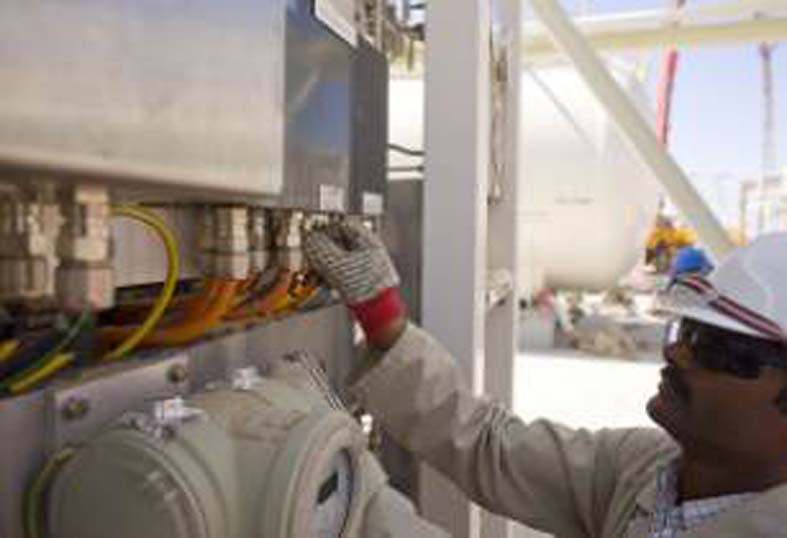Saudi Aramco is at the helm of its first carbon capture and enhanced oil recovery project, which is expected to mitigate the release of CO2 into the atmosphere
Carbon capture and sequestration is a process that entails the capturing of waste CO2 from power plants, storing and depositing it underground, from where it cannot escape into the atmosphere.
Saudi Aramco has stated that the carbon capture project is the largest of its kind in the Middle East.
The pilot project will see 40mn standard cubic feet per day (scfd) of CO2 being captured at the Hawiyah gas recovery plant and piped 85 km to the ‘Uthmaniyah field. At Uthmaniyah, it will be injected and sequestered/stored in flooded oil reservoirs under high pressure to enhance oil recovery, stated Saudi Aramco.
Near the ‘Uthmaniyah field, a new standalone high pressure production trap, compressor and associated facilities for handling high concentrated CO2 production streams have been built. This gas-oil separation plant – GOSP – is where the monitoring of produced fluids will take place, and where Saudi Aramco engineers will ensure that as much of the CO2 as possible remains sequestered underground.
Saudi Aramco acting president and CEO Amin Nasser said, “This breakthrough initiative demonstrates that we are part of the solution to proactively address global environmental challenges. Saudi Aramco is carrying out extensive research to enable us to lower our carbon footprint while continuing to supply the energy the world needs.”
The project, led by the company’s EXPEC Advanced Research Center, aims to enhance oil recovery beyond the commonly-used method of water flooding.
There will be a monitoring and surveillance programme that will collect data and evaluate the project’s performance. Two observation wells will measure how much of the 800,000 tonnes of injected CO2 will remain sequestered in the reservoir. The company’s research team has estimated that as much as 40 per cent of the injected CO2 will be permanently sequestered.
Seismic monitoring, electromagnetic surveys, borehole and surface gravity as well as inter-well tracer tests will be conducted.
The facility has also been retrofitted to include new facilities to handle recovered fluids for further processing.






